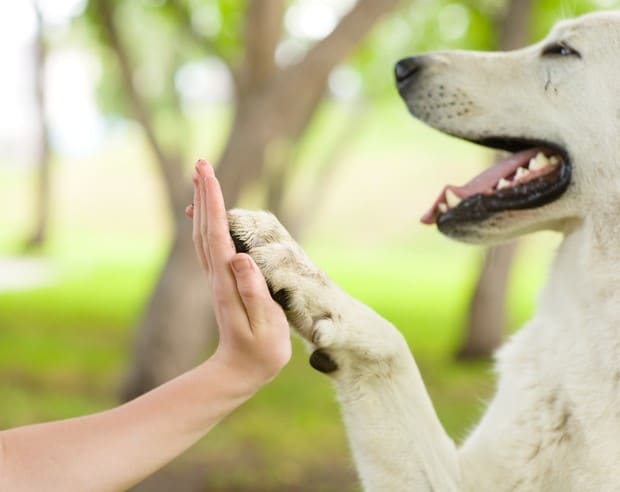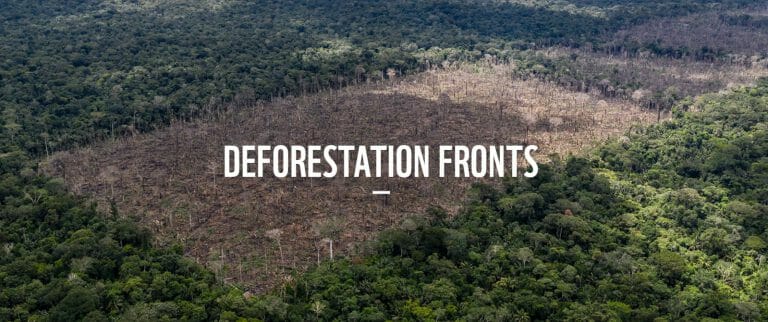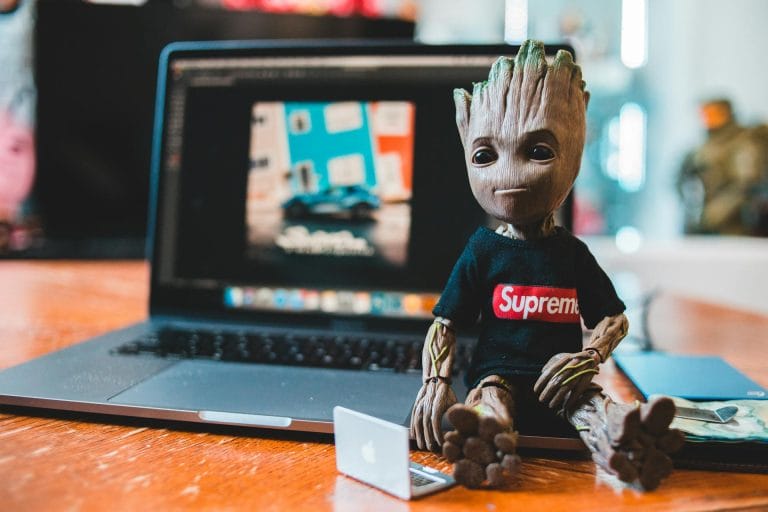LESSONS FROM ANIMALS – Atlantic International University
August 25, 2022 2023-09-18 21:20
LESSONS FROM ANIMALS – Atlantic International University
Author Anthony D. Williams, once said, “We have more to learn from animals than animals have to learn from us”.
“Go to the ant, you sluggards, study its ways and be wise,” the Holy Book (Bible) said of some animals we should imitate. Be as wise as a serpent and as gentle as a dove.
Animals do not speak the same language as humans, but several studies have been conducted over time to help us understand animal behaviors. We can now understand the different behaviors of different animals and why they behave the way they do thanks to these researchers and zoologists.
These studies have also encouraged the domestication of some wild animals, which we had never considered before.
We now see documentaries on television where humans socialize with wild animals and they are not harmed. I’ve seen several documentaries about people who have Lions as pets; this is possible because these people take the time to study and understand these wild animals. I do not intend for this article to imply that we all go to the forest and learn about the various animals there; please leave that to experts with the appropriate training.
Animal protection laws have been put in place as a result of a better understanding of animal behavior and their importance to the world.
Perhaps one of the reasons for studying animals is to learn lessons from them.
Humans have always been labeled as higher animals, while wild animals have been labeled as uncivilized, resulting in a lack of communication between the two.
So what are the lessons that we can learn from animals?
- The Compassionate Cow – Consider how a cow cares for its calf after birth; despite not having hands and feet like humans, it cleans dirt off its young with its tongue; the young calf is very vulnerable and depends entirely on the mother for food and other cares; the mother never leaves the calf, always cleaning and feeding the young until it is able to stand on its own and fend for itself. This is a compassionate act on the part of the mother.
- The Optimistic cat – Cat lovers will tell you that one of the reasons cats are so popular is because they are affectionate. A cat, unlike humans, has no worries. A cat can take life one step at a time; when it needs food, it will simply warm up and cuddle up to its owner, confident that the owner understands and will supply its needs. Its human counterpart, on the other hand, is so preoccupied with what will happen next that they fail to appreciate the present. Take a cue from the cat.
- The United Wolves – Wolves usually travel in packs; they act as a family, with each member knowing what their responsibilities are. They hunt as a family, eat as a family, and look out for each other; they are very dedicated to carrying out their duties expressly; they are a model of teamwork! Humans can learn how to live in unity as a family by watching how the wolf does it, and this beautiful animal can also teach us about teamwork. The phrase “United, we stand” appears to be a cue derived from the pack of wolves.
- The intelligent Dolphins – When trained, these joyful, playful animals can mimic any act performed by their trainers. They are very social and intelligent, which helps them survive both on land and in the water. Some research on dolphin brains has been conducted, and the results show that dolphins are among the most intelligent animals on the planet. If dolphins are intelligent enough to learn through observation, then humans can do the same.
- The respectful and meek Elephants – Despite being the world’s largest land animal, humans have domesticated it. A well-trained elephant is so gentle and meek that it will do whatever its trainer asks of it, regardless of its strength or size in comparison to its trainer. Elephants have been used in circuses and for travel in various parts of the world for centuries. Elephants in the wild also travel in groups, with the oldest leading the way. This act also demonstrates respect for elders, and humans can learn from it.
- The Busy bees – The bees’ attitude stems from their constant efforts to keep their hive safe and secure. This is one animal that works well together in terms of understanding, and they are also able to work well together in terms of unity as a result of their excellent communication skills. The bees teach us that hard work, combined with understanding and effective communication, always pays off.
- The brave lion – The lion is not the largest animal in the wild, but it is certainly one of the most feared. The lion has been referred to as the King of the jungle because of its brevity. It is fearless and, with focus and good planning, can take on animals twice its size. The lions understand that in order to survive, they must struggle, so they can help each other both during hunting and in defending their territories. Lions can teach humans a lot about planning, focus, overcoming fear, and being brave, among other things.
- The determined Spider– Several times, especially during the dry season, I remove cobwebs left by spiders, only to have the webs reappear the next day or two, and the cycle continues. How determined can a spider be to simply ignore its web? I believe the phrase “Never give up” refers to the spider’s perseverance. The spider’s determination is so consistent that it has earned the title “Spider-Man” in the film industry. Are you the type of person who gives up easily? The Spider teaches us about perseverance.
- The graceful and Attentive Deer – This lovely creature leads a simple and peaceful existence. Despite the fact that they sometimes move in groups. They are very attentive, have very sensitive ears, and can detect the smallest sound from afar, which is how they detect danger and flee. This beautiful creature is primarily a prey item for other higher-ranking animals in the jungle, such as lions. The Deer teaches us that we are here on earth for a reason, and that simplicity and grace should be a part of our character, as well as being aware of what is going on around us.
10. Hardworking Ant/Teamwork – If you have ever come across an ant colony, you would be wise not to disturb them. These little creatures are very hardworking, plan well, help each other, and are extremely intelligent. They have a focus and a purpose, and each department, including the soldiers, the queen, and others, has a function. They understand how to stockpile food for a rainy day, and they understand that harming one is harming all. There are many lessons to be learned from these creatures; they teach us what unity in numbers can achieve with good planning, hard work, good communication, and understanding. The ants are yet another excellent example of teamwork, intelligence, and foresight.
- The loyal and Faithful dog – Some people prefer dogs to humans, which is understandable given that dogs are the most loyal of all animals. A dog is willing to give its life for its owner if the situation arises, and this occurs on a regular basis around the world. This is why a dog is referred to as man’s best friend. I once saw a video on social media of a dog whose owner had been injured and was about to be taken to the hospital, and it took a lot of effort to get the dog to leave its owner.
12. The Healthy Rhinos – The Rhino, which is healthy, bold, and strong, is one of the largest land animals with a lot of strength, despite the fact that it primarily feeds on grass. What is the takeaway here? What you eat makes you who you are! If you want to stay healthy, you should eat a well-balanced diet. A diet is deficient in vitamins, and vegetables are an excellent source of vitamins.
13. The Patient Leopard – Apart from its strength, one of the Leopard’s most beautiful characteristics is its patience; once it has identified its prey, the leopard is patient enough to wait until the right time to strike; as a result, the leopard captures its prey on a greater number of occasions than other big cats. The lesson here is to be patient at all times but to also know when to act.
- The Independence Horse – Horses are not known to live in groups; they are usually independent, allowing them to make their own decisions and follow whichever path they choose. The lesson here is to trust your instincts and choose your own path in life; you do not have to always follow the crowd, and you must know what is best for you at some point in your life.
There are numerous reasons why we share the same planet with these animals; aside from the lessons we can learn from them, each animal has a role to play in this world. So far, thanks to the efforts of researchers and zoologists, we have learned the value of having some these animals share our planet with us, and we are working to protect and domesticate some of them.
Can you imagine living in a world where there are no animals?
Sources
https://www.onegreenplanet.org/animalsandnature/important-life-lessons-we-can-learn-from-animals/
https://endanzoo.com/blogs/news/10-lessions-that-our-children-can-learn-from-animals
Related Posts
LESSONS FROM ANIMALS – Atlantic International University
August 25, 2022 2023-09-18 21:20Popular Tags






























